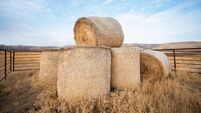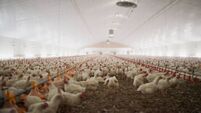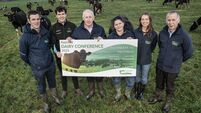Satellite tech to measure grass from space
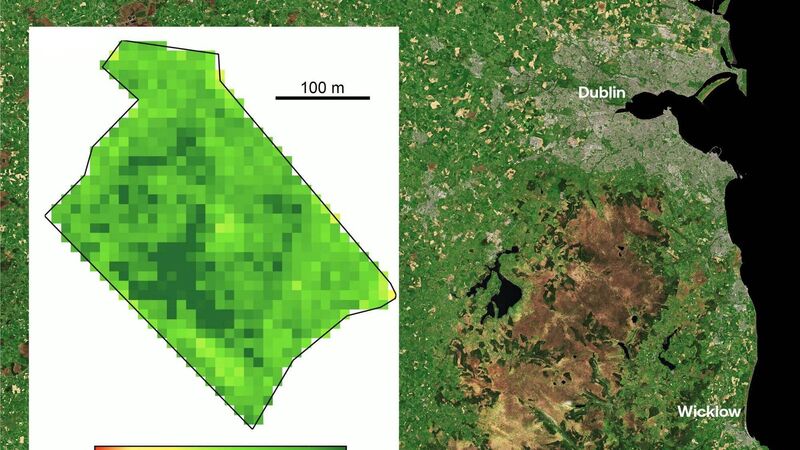
The new AI-based technology estimates grass height to within an accuracy of just 1.5cm, from satellites nearly 700km above the ground. The technology will launch in Ireland later this year as part of Origin Digital’s ‘GrassMax’ service. Picture: Aspia Space
A 'world-first' technology breakthrough will allow Irish farmers to use satellites to measure grass growth.
The technology will launch commercially in Ireland later this year on the back of a partnership between technology companies Origin Digital and Aspia Space as part of Origin Digital’s ‘GrassMax’ service.
Specialists will then work to tailor the remote measurement technology to suit other countries and climates, as well as developing other products to use data insights to promote sustainable and profitable farming.
Through its Irish parent company, Origin Enterprises, Origin Digital has unique access to a vast pool of ground-truth and field-trial data alongside a strong network of farmers and agronomic experts, which has laid the groundwork for the breakthrough in measurement technology.
It says its satellite technology has the potential to offer ground-breaking insight for increasing farm productivity and profitability while also enabling organisations and businesses to verify sustainability practices in the livestock supply chain.
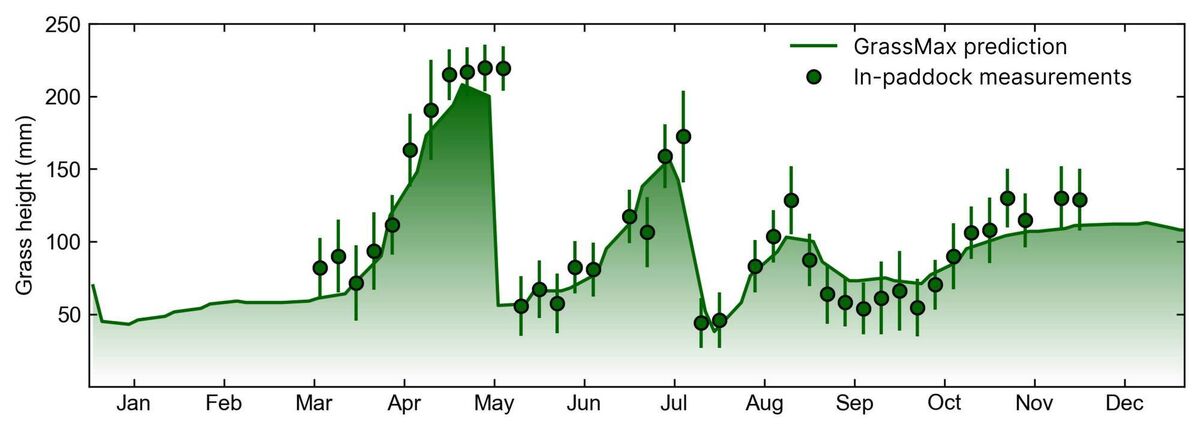
Origin Digital's head of research and development Duncan Robertson explained: “This is a game-changing moment for grassland farmers and the businesses that partner with them. For the first time, they can remotely and automatically calculate the quantity of grass in their fields and paddocks, on a regular basis and at scale.
Kieran Holden, Grassland Digital Specialist at Origin Enterprises, added: "As a farmer myself, I’m really excited about the ability to measure grass height remotely, because it brings huge benefits to grass management while eliminating what is currently a laborious manual measurement process. This will save Irish farmers around two hours per week, or €1,600 per year, in measurement costs alone.
“But the main benefit is in how farmers like me can use this data through the GrassMax app to increase grass utilisation on their farms. It’s remarkable to consider that grass utilisation alone accounts for 44% of the variation in net profit per hectare on dairy farms.
"In Ireland, each additional tonne of grass utilised per hectare translates to a €256 increase in profit. Integrating this automated grass measurement data into GrassMax will give it even more power to help farmers optimise their grass use, with even a half tonne per hectare increase in utilisation equating to a €10,000 increase in profitability on an 80-hectare farm."
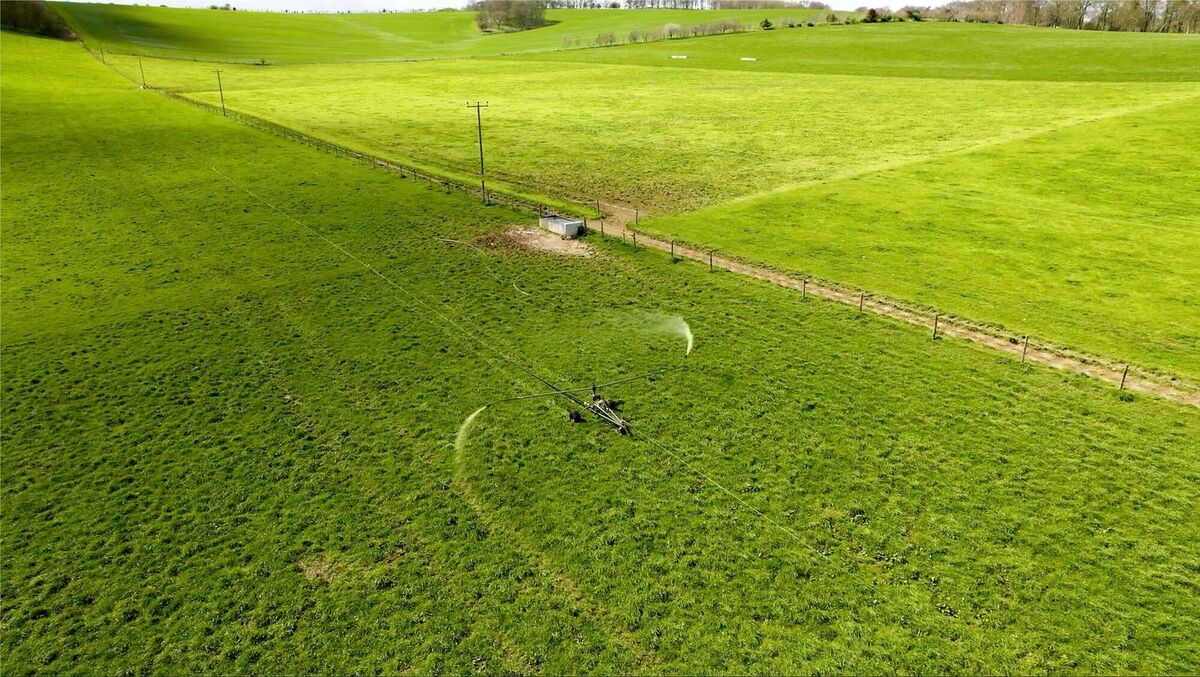
Devlyn Hardwick, GrassMax Product Manager at Origin Digital, said: “The businesses that partner with grassland farmers can also benefit through our GrassMax service, which uses this game-changing new technology alongside the on-farm decision-support app to build a real-time picture of aggregated farm insight.
"This insight has many applications, from helping businesses and farmers achieve sustainable growth to verifying sustainability practices and Scope 3 emissions on farm, and enhancing supply chain security and sustainability.
"This insight not only helps strengthen their relationships with individual farmers through a better understanding of their situation, it also provides increased visibility across their portfolio on metrics from overall feed and fodder requirements to key sustainability targets.”
Aspia Space co-founder and director of AI Dr Mike Smith explained the firm's patented ClearSky technology uses a generative AI algorithm to deliver cloud-free imagery of the ground, making the satellite data more reliable.
“Through our partnership with Origin Digital, we have developed a new AI solution that uses ClearSky imagery to estimate grass height to within an accuracy of just 1.5cm from a vantage point of nearly 700km up in space," Mr Smith said.
"Not only can we map the grass height down to a resolution of 10 metres and see variations across a paddock, but we can also monitor how it is changing over time."

